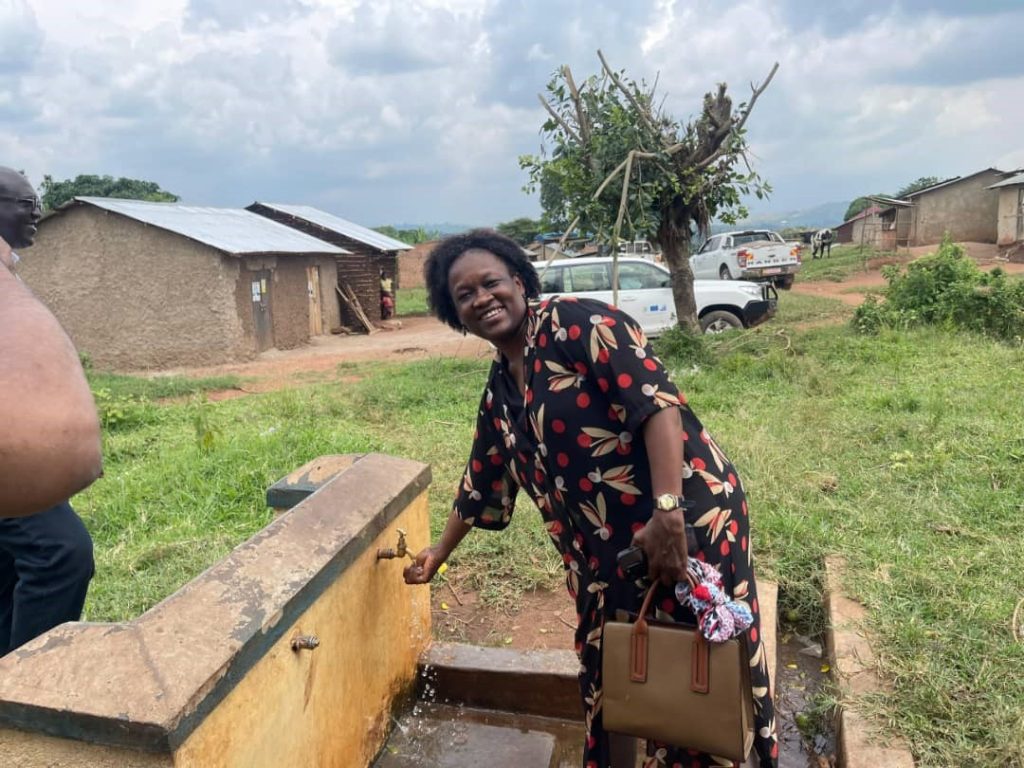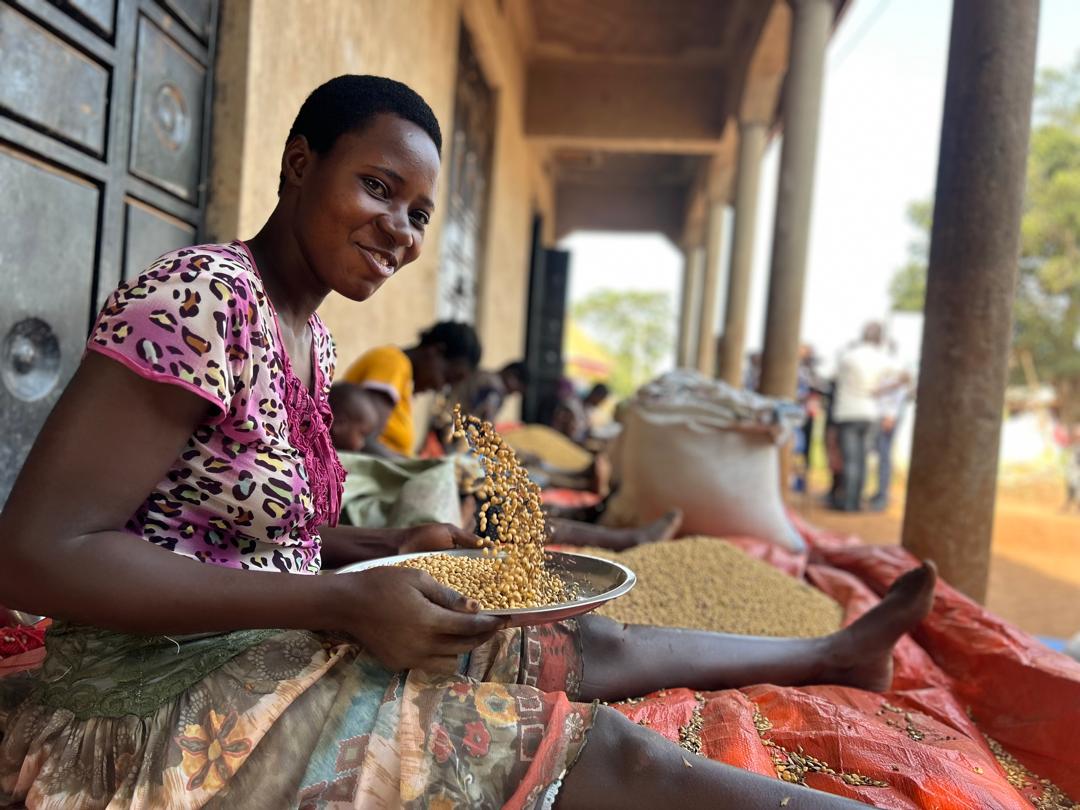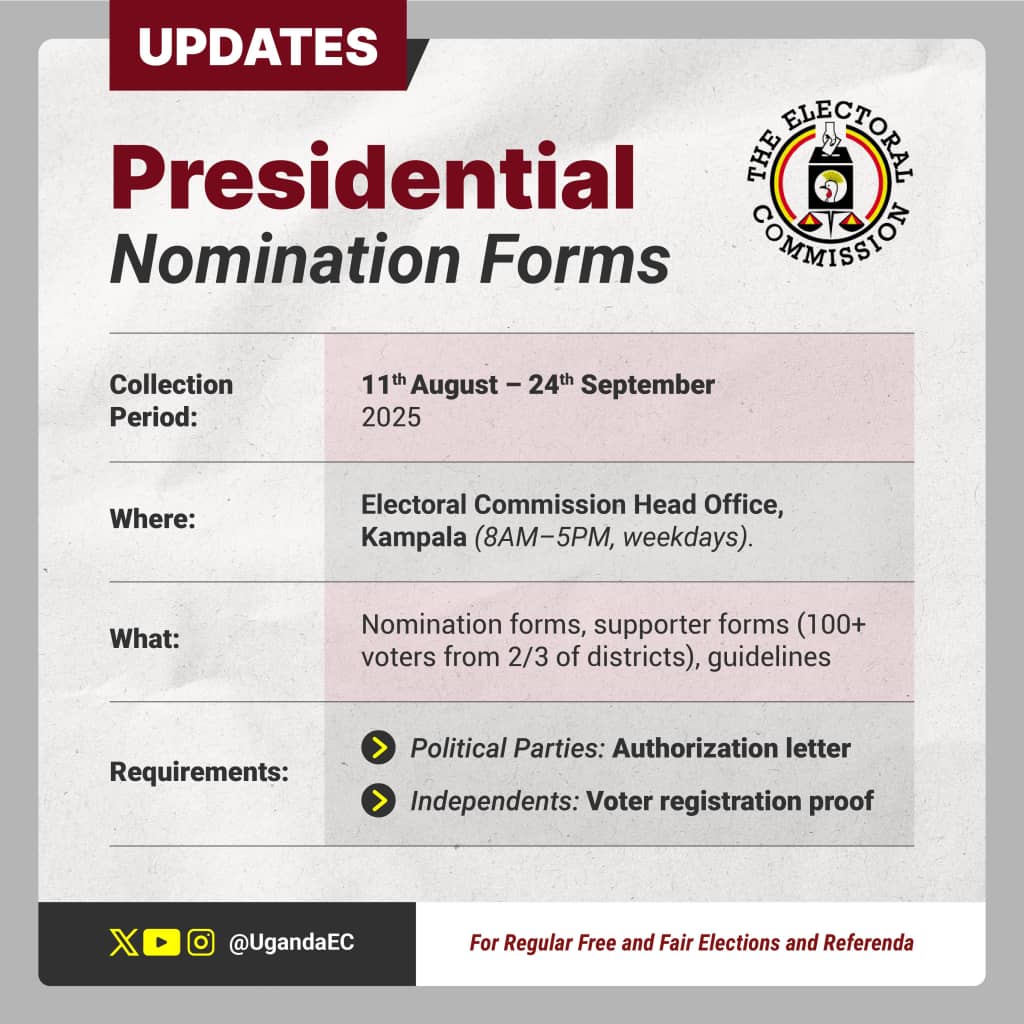The Government of Uganda, through the Ministry of Local Government, in partnership with the Islamic Development Bank (IsDB) and the Lives and Livelihoods Fund (LLF), recently conducted a field appraisal mission to assess the progress of the first phase of the Local Economic Growth Support (LEGS) Project.
The mission aims to inform the design and implementation of Phase II, which will expand the initiative from 17 to 55 districts.
As part of the assessment, the delegation visited Kyejonjo and Katakwi districts, engaging with local leaders, project beneficiaries, and implementation teams to evaluate the impact of LEGS interventions on livelihoods, service delivery, and community resilience.

Key project sites visited included the Kanapa solar mini-grid in Magoro Sub-county, the Orungo Corner piped water scheme in Katakwi District, and the Kaizikashya water supply project in Kyejonjo. The field visits provided valuable insights to guide the project’s scale-up, with a strong emphasis on climate change adaptation and sustainability.
Speaking during the visit, Mr. William Sunday, a resident of Kiredu Village and a beneficiary of the Kaizikashya scheme, shared:
“We now have a public tap stand in our trading centre. Before this, we fetched water from a stream shared with animals. A 20-litre jerrycan now costs just Shs100—very affordable, and our children no longer have to walk long distances or risk their safety. We are grateful to the government and hope other villages still waiting will also be connected to clean water.”
At the Orungo Corner water scheme, Ms. Achom Stella, in charge of Aakum Health Centre, highlighted the project’s transformative impact on healthcare delivery:
“There were times when mothers gave birth without water to clean up. Today, we have clean water right here at the clinic. This project has solved so many challenges for us.”
In addition to improving water access, the LEGS Project is delivering clean energy to off-grid communities through solar mini-grids. The Kanapa Solar Power Association, a registered community-based group, manages the solar system with technical support from the district engineer.
The scheme now powers shops, juice processing units, and small-scale manufacturing enterprises in areas previously without electricity, some located nearly 40 kilometres from the national grid.
The association has already saved over UGX 2 million from community contributions to support future maintenance.
To ensure evidence-based planning and effective implementation of LEGS Phase II, the Ministry is collaborating with international technical partners such as the Millennium Promise Alliance (MPA) and the International Crops Research Institute for the Semi-Arid Tropics (ICRISAT).
These organizations bring global expertise in integrated rural development and climate-smart agriculture, which will be critical in maximizing the project’s long-term impact.


















